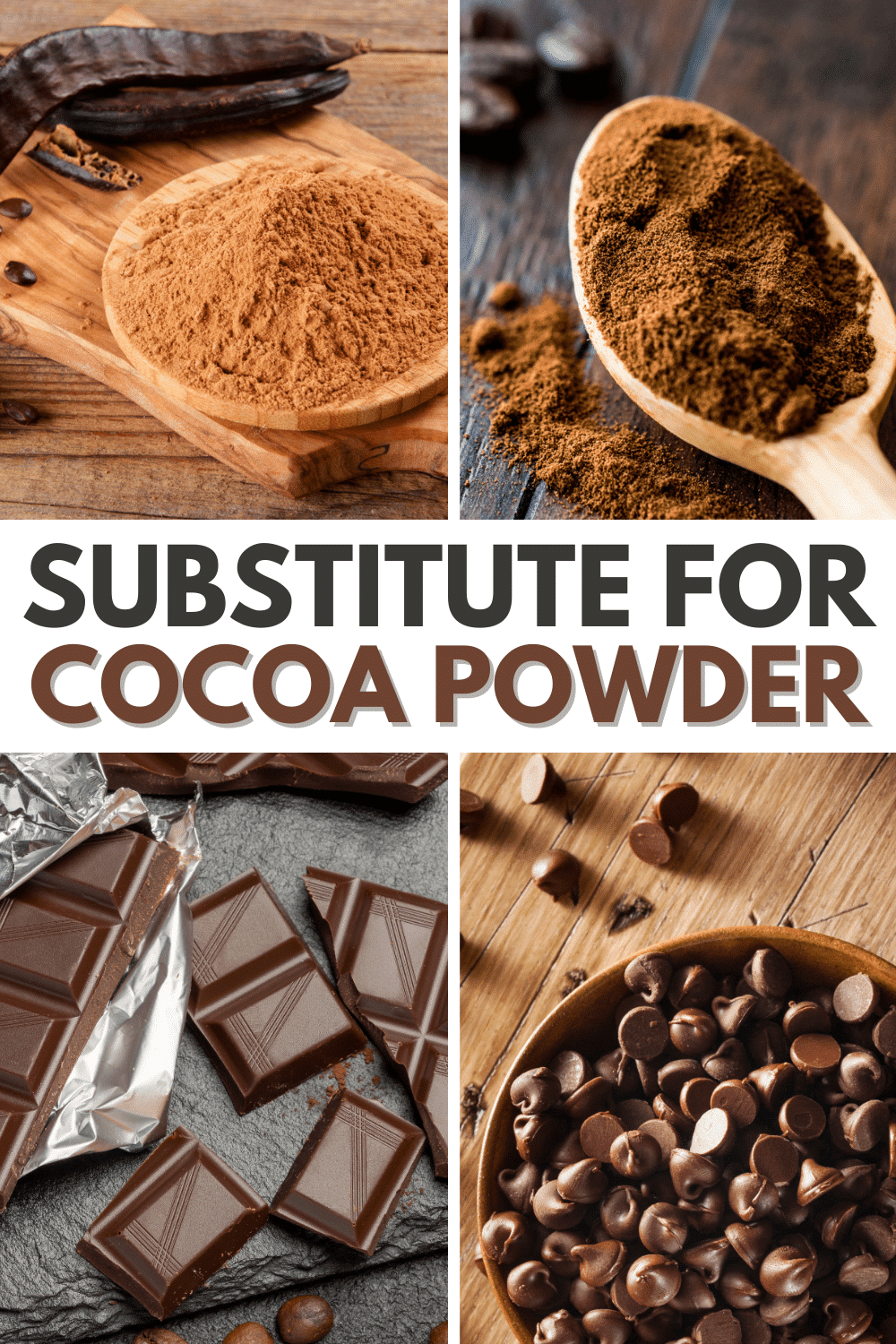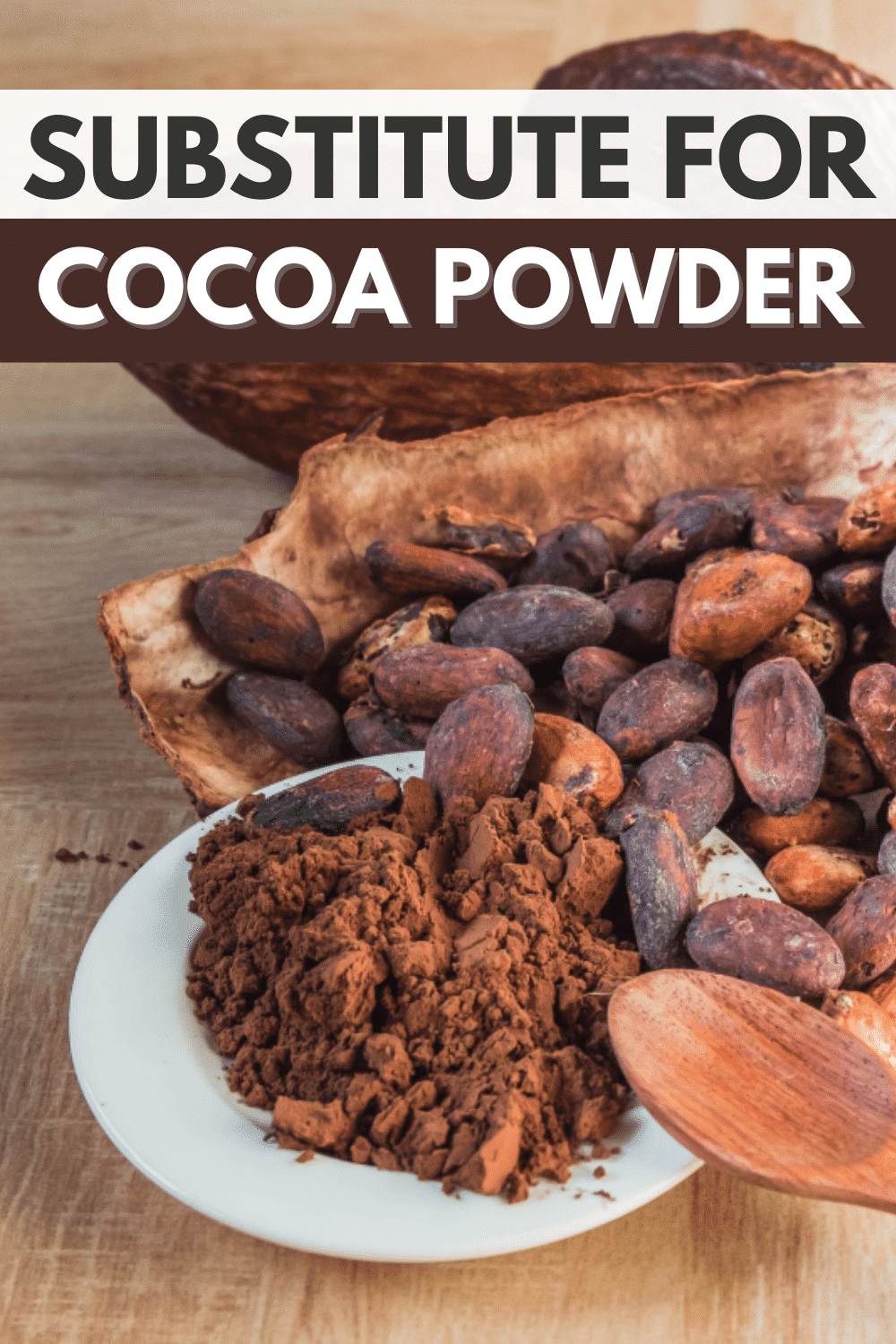Chocolatey desserts and hot beverages can make anyone feel better. So if there’s one thing we moms must know, it’s a good substitute for cocoa powder.
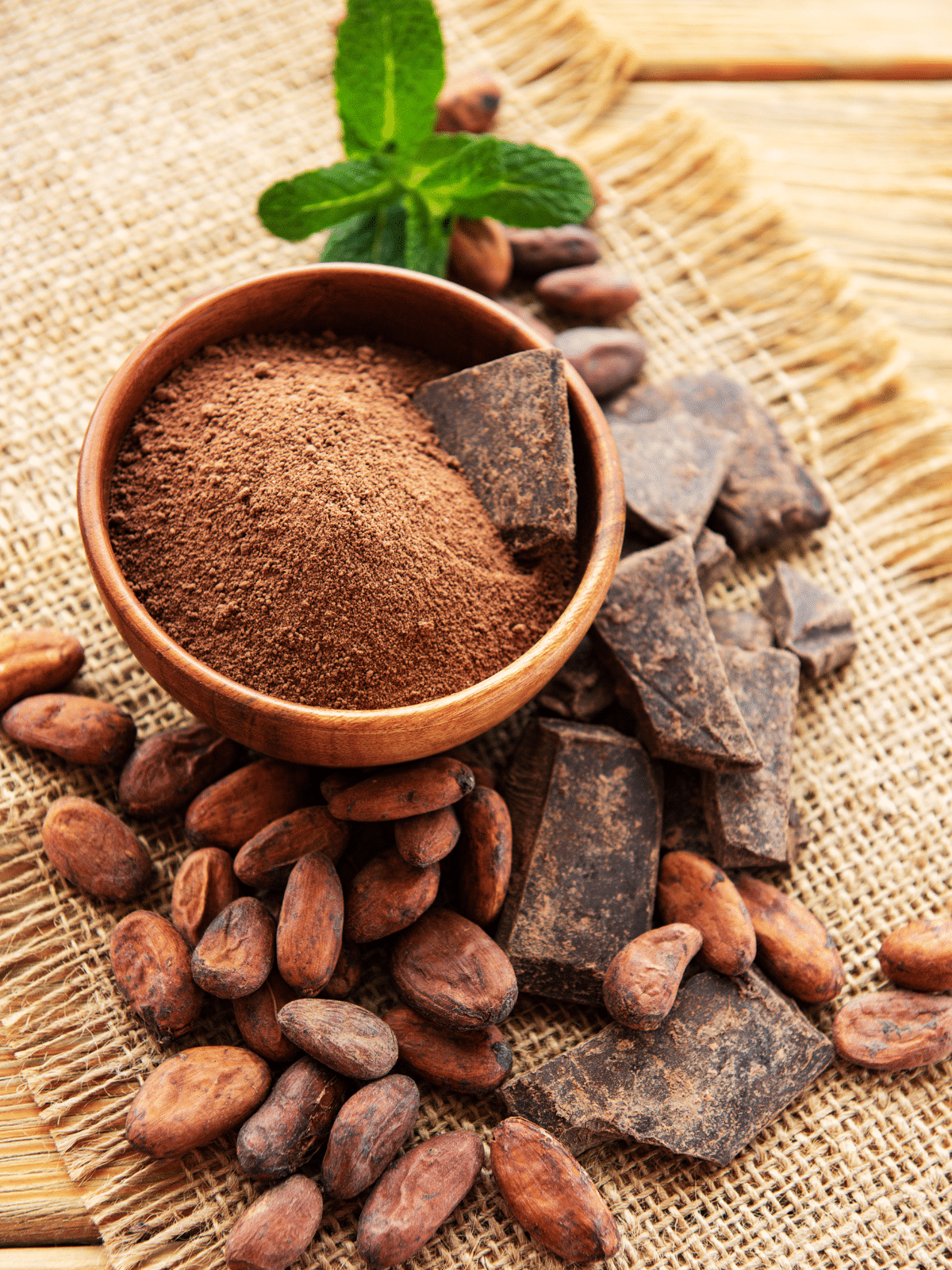
You’d think that cocoa powder is one of the ingredients always present in the kitchen, until you realize that there’s no more left in the pantry. But who has the time to make an unplanned trip to the grocery store, right?
In these moments, it’s always nice to know a few alternatives to cocoa powder to save time while still whipping up delicious treats for the whole family.
Keep reading to discover some of the best substitutes for cocoa powder that work in various recipes. The good news is many of them are easy to find, affordable, and likely available in your home.
Jump to:
Why Use a Substitute for Cocoa Powder
The most common reason to use a cocoa powder substitute is when it’s no longer available in the pantry. Of course, going out to buy one is an option. But, since we often have hectic daily schedules, that leaves little room for an unplanned grocery run.
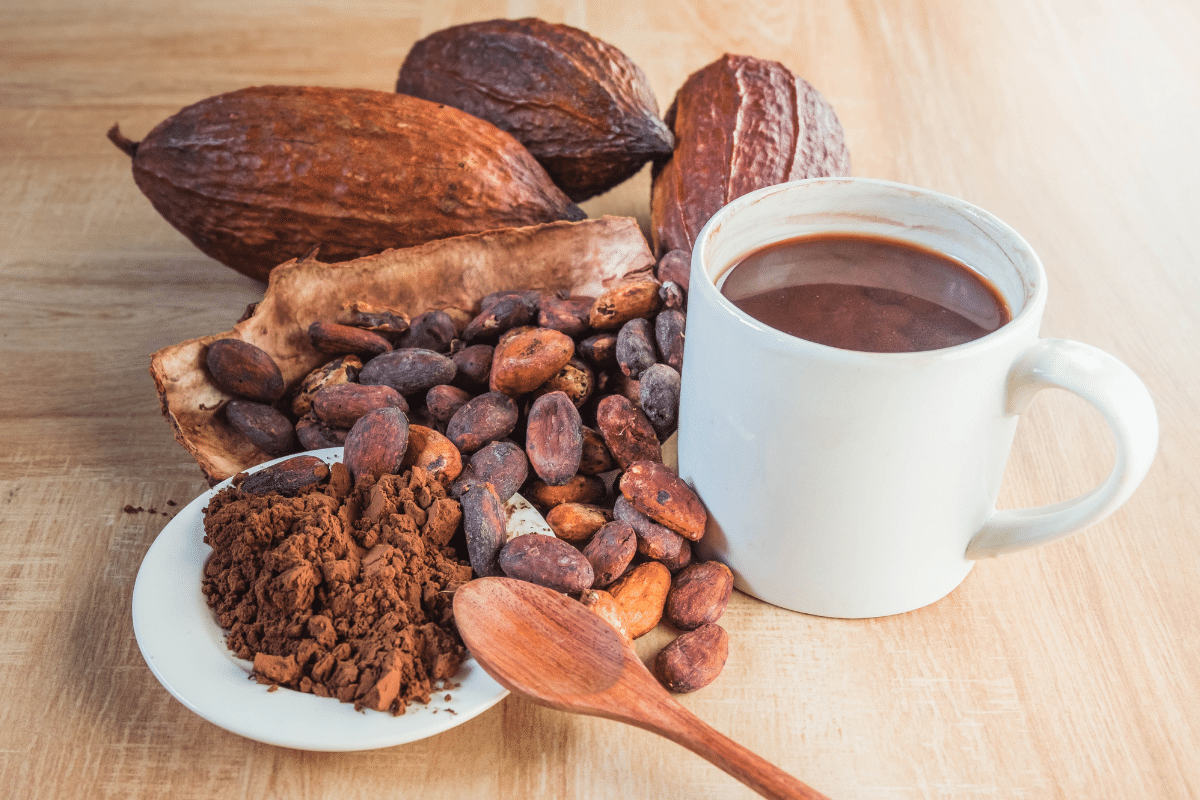
There may also been times when you want to try a different ingredient to change the taste of a chocolate-based dessert slightly or give it a different kick. As for chocolate beverages, some cocoa powder alternatives could also provide a richer texture.
Best Cocoa Powder Substitutes for Baking and Cooking
Unsweetened Baking Chocolate
It’s sometimes called unsweetened cooking chocolate, and this 100% unsweetened variant is closest to cocoa powder in terms of flavor. You need not worry about going overboard with the sweetness since its unsweetened baking chocolate. So it’s definitely one of the top favorite cocoa powder alternatives to use.
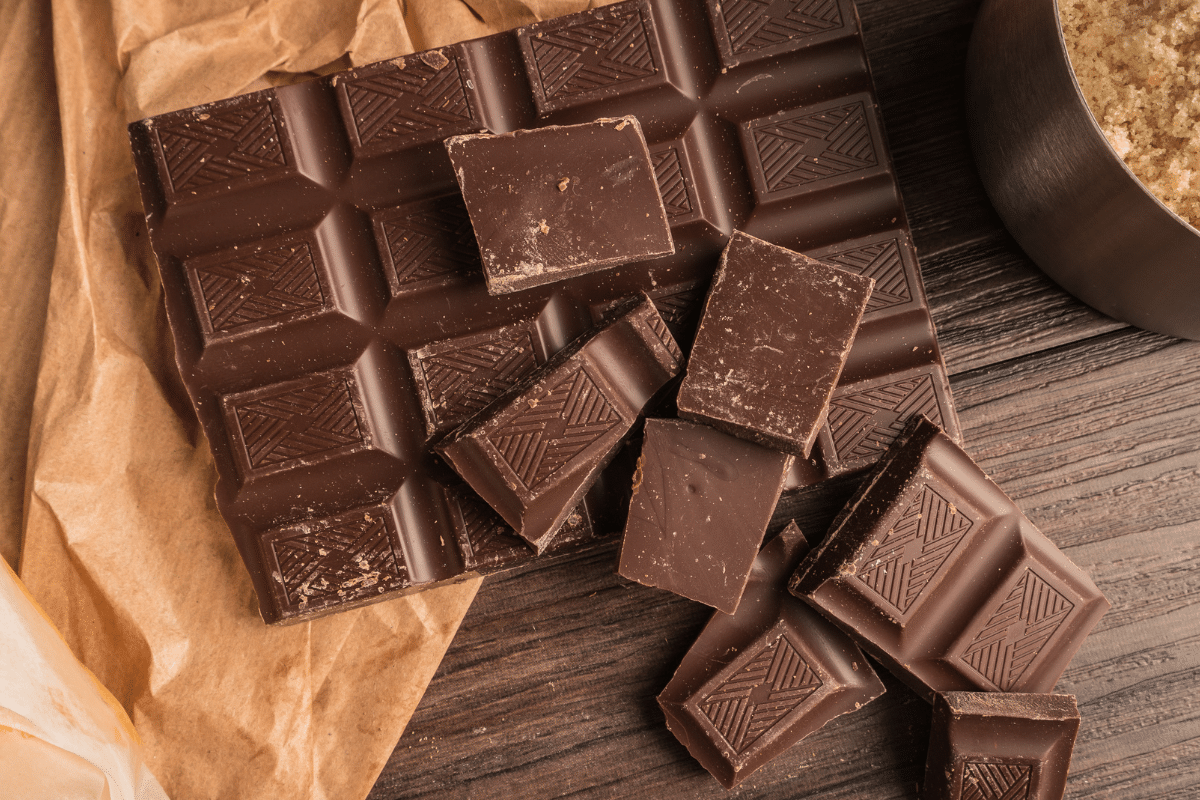
However, if you’re pressed for time, this may not be the best option. It requires a few adjustments when used in place of cocoa powder in a recipe.
It comes in a solid bar form, so it has to be melted first. It also has a higher cocoa butter content, so you’ll have to use less fat in your recipe.
This alternative can be a bit more bitter than cocoa powder. If the recipe calls for three tablespoons of cocoa powder, I would only use two tablespoons of unsweetened baking chocolate. It won’t drastically change the flavor, but will still impart a rich chocolate flavor and color to your dish.
Chocolate Chips
A bag of chocolate chips is a staple in a home with kids who love to have chocolate chip cookies from time to time. So there’s a good chance that this cocoa powder substitute is available in your kitchen.
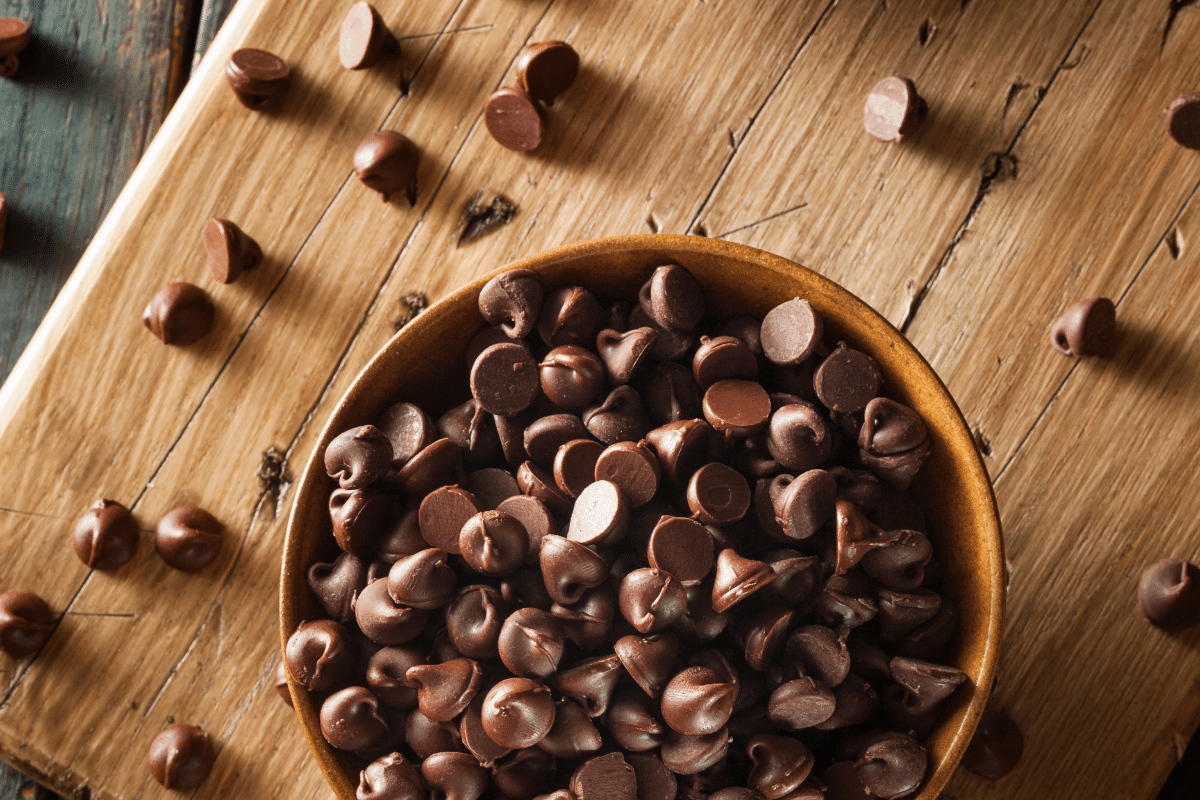
Cocoa powder is often replaced with semi-sweet chocolate chips, which are widely available in supermarkets. Use 1/2 cup of chocolate chips for every 3 tablespoons of cocoa powder for this substitution.
The taste of chocolate chips comes close to cocoa powder, too. But, you’ll have to grind or melt them before adding them to the rest of the ingredients so it can be mixed well and impart its color.
Carob Powder
Carob powder looks and tastes very similar to cocoa powder, making it a suitable substitute for cocoa powder in cooking and baking.
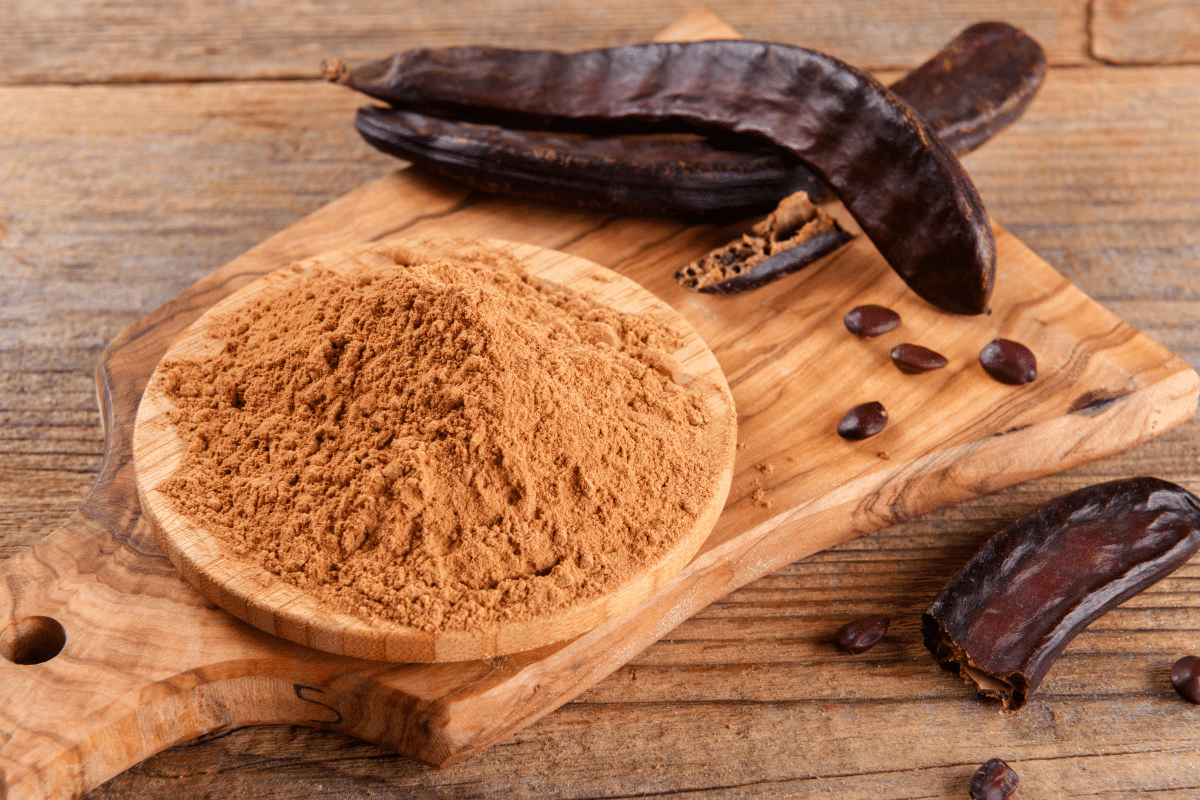
It’s made from carob tree pods, but it’s considered a healthier alternative to cacao-based ingredients. It has a lower fat content and more nutritional content. Carob naturally has more sugar than cacao, so carob powder is slightly sweeter than cocoa powder.
Carob tastes nutty and a tad more bitter than cocoa powder. However, it’s not overpowering because carob powder is milder than cocoa.
A 1:1 ratio always works best when substituting cocoa powder with carob powder. A good suggestion is to reduce the sugar and increase the fat (butter or shortening) used by 1/3 of the amount indicated in the recipe.
Dark Chocolate Bar
Most chocolate bars can be decent substitutes for cocoa powder because they all come from cacao. But to stay closer to the flavor of cocoa powder, I prefer using dark chocolate bars as an alternative.
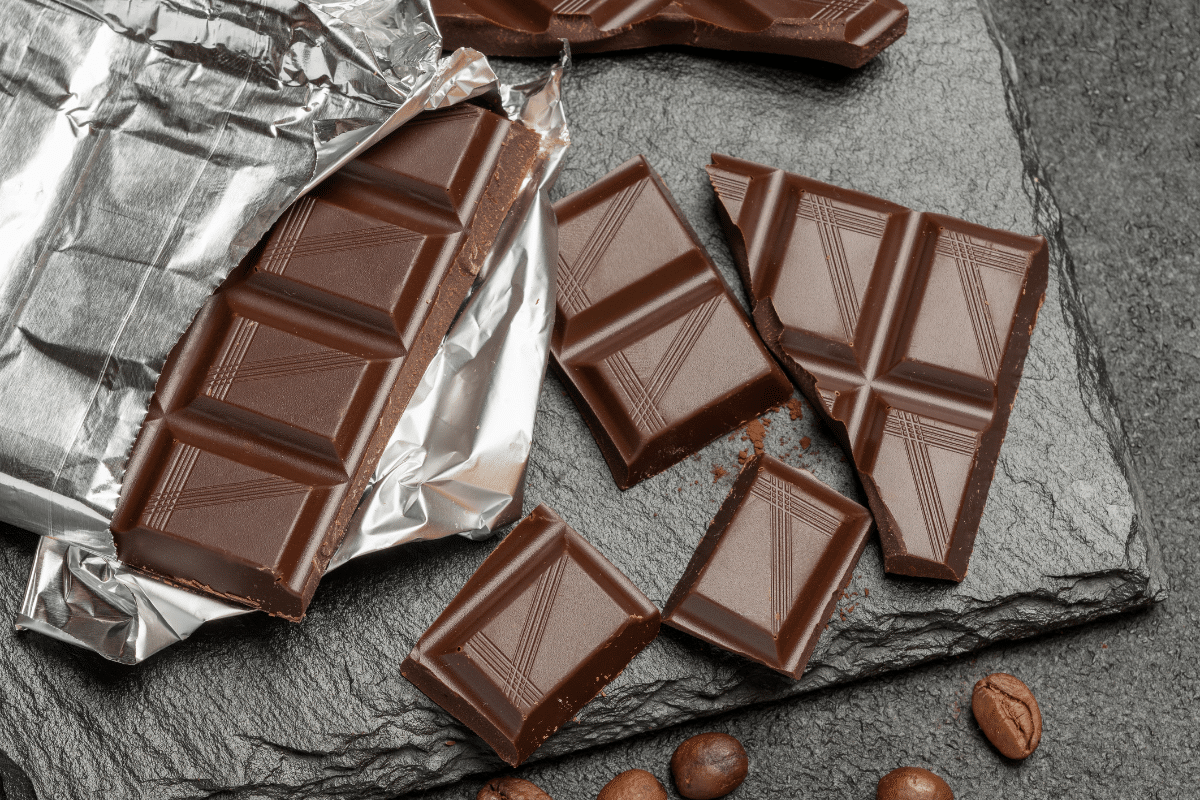
You can use 90% dark chocolate, and it will produce about the same flavor. You’re also getting the same color as if you’re using cocoa powder.
After a few experiments in the kitchen, I found that using 2 tablespoons of dark chocolate for every 3 tablespoons of cocoa powder works well. With this ratio, there’s not much tweaking needed on the amount of sugar and fat used in a recipe.
Hot Cocoa Mix
Cocoa powder is the main component in most hot cocoa mix products you find in the supermarket. But it also contains sugar and, in some cases, powdered milk.
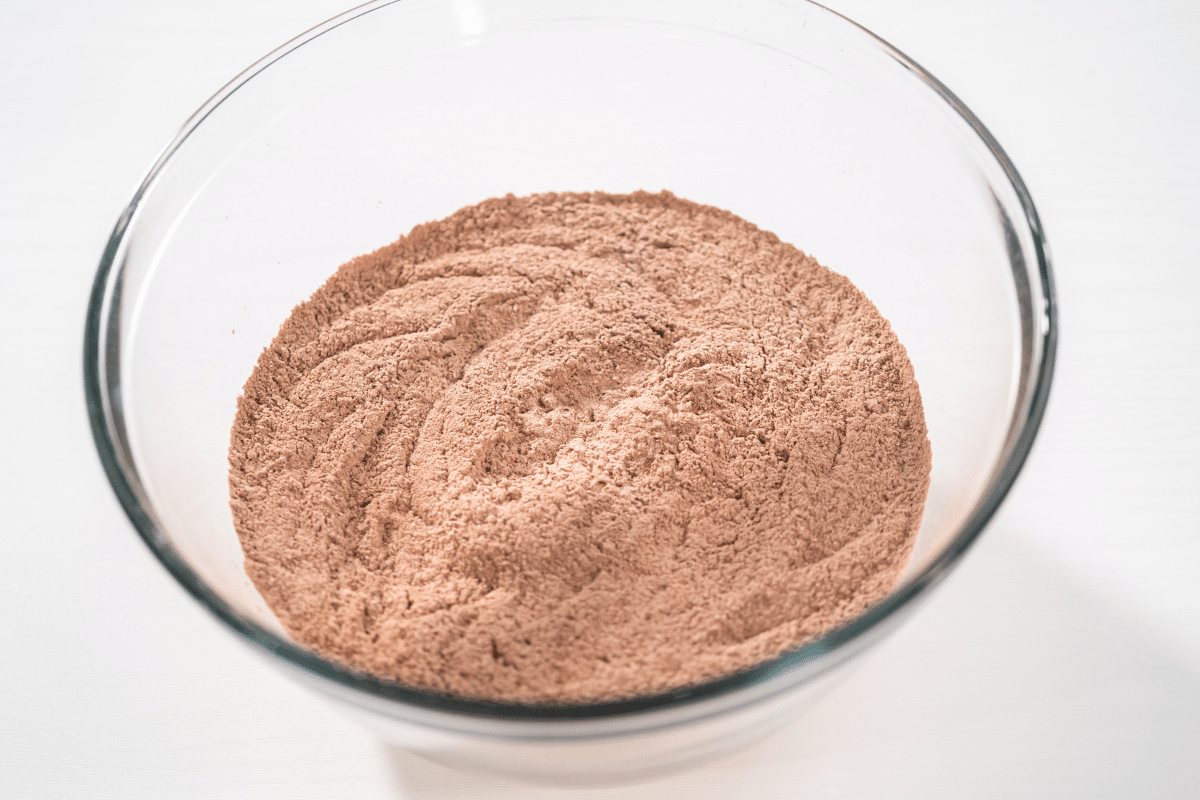
Due to these added ingredients, it’s best to use the hot cocoa mix as a cocoa powder alternative when making chocolatey drinks, pudding, and non-baked desserts. These recipes will give you more wiggle room to adjust the sweetness and texture, which wouldn’t be the case for baked goods.
Because hot cocoa mix contains less cocoa powder, you can start with a 2:1 ratio. That means using 2 tablespoons of hot cocoa mix for every tablespoon of cocoa powder.
Espresso Powder
Now we’re slightly veering away from cacao-based substitutes. Espresso powder can be a good substitute for cocoa powder, specifically in recipes where chocolate flavor is not the highlight.
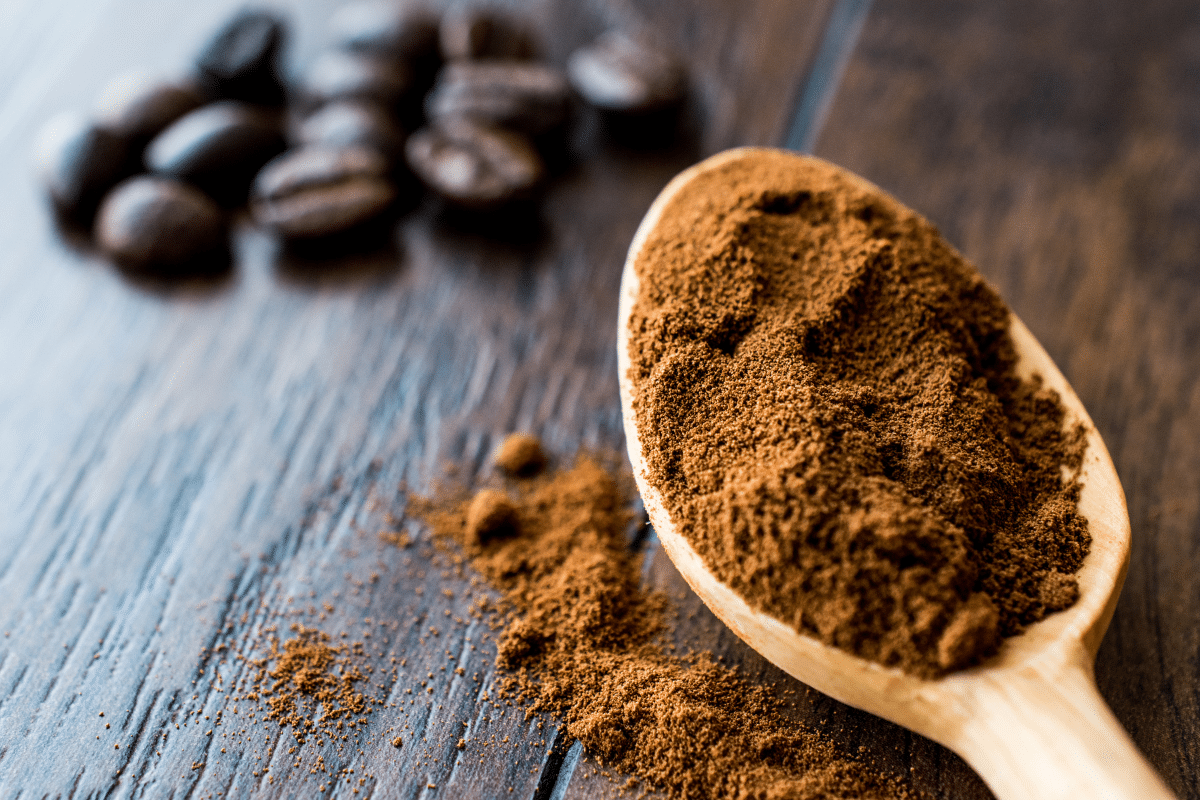
Espresso powder can be a good alternative in recipes where cocoa powder is used for coloring or to infuse a pleasant bitterness.
Because of its potent caffeine content and bitterness, you can start with just 1/4 tablespoons of espresso powder for every tablespoon of cocoa powder needed in a recipe.
Espresso and cocoa have distinct flavors that go well together. So aside from using it as a substitute, espresso powder can be used along with cocoa powder to bring out more of the chocolatey goodness in your baked goods.
How to Use Cocoa Powder Substitutes
The best substitutes for cocoa powder are often made with cacao beans as well. Many of them come in solid bars, such as baking chocolate and dark chocolate.
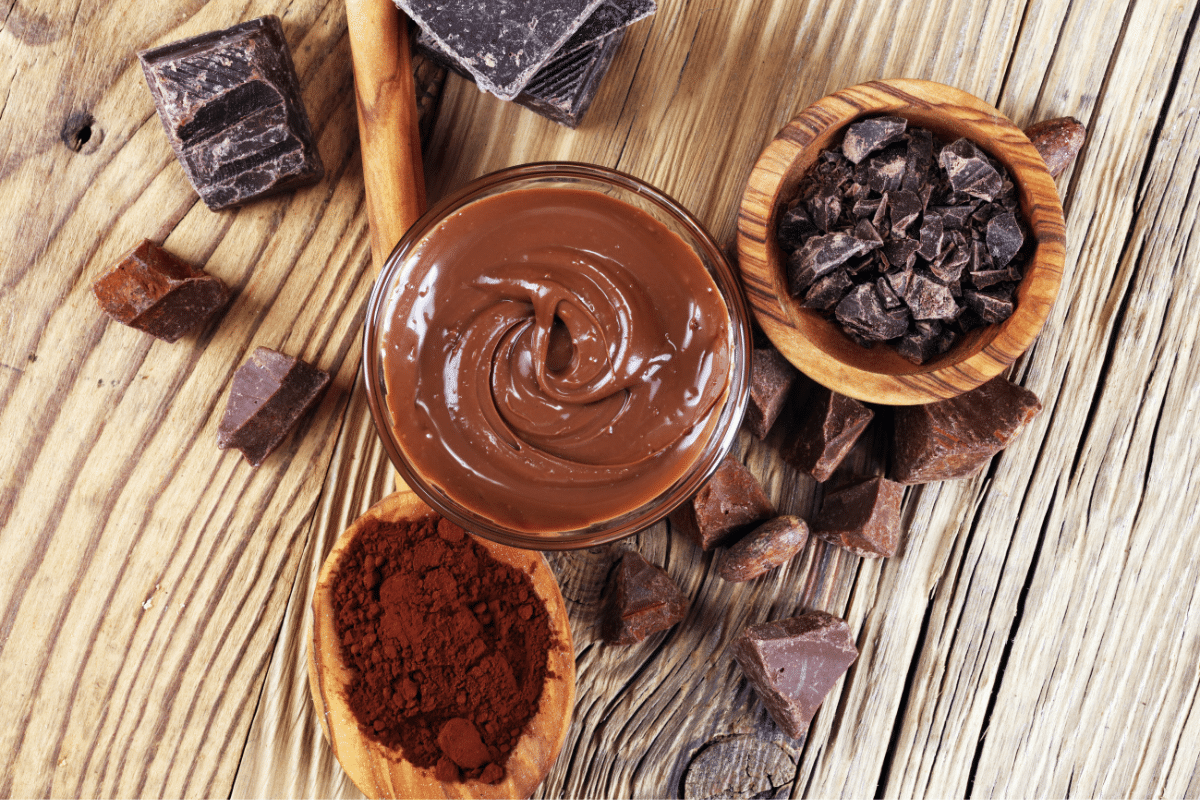
You need to melt the chocolate first to incorporate it well with the rest of the ingredients. This step is especially crucial when substituting with chocolate chips, which typically contain more cocoa solids.
For cocoa powder that needs to be melted, you’ll have to add it first with your wet ingredients to distribute the color and flavor evenly.
As mentioned, be mindful of differences in fat and sugar content between cocoa powder and its substitutes. Depending on your alternative, you may have to make small adjustments to the amount of butter or shortening, and sugar, used in a recipe.
Choosing the Best Cocoa Powder Substitute for Your Recipe
When using a substitute ingredient, consider the purpose of cocoa powder in the original recipe.
If the flavor of the dish will come mostly from cocoa powder, it’s best to stick to other cocoa-based ingredients like chocolate bars. Carob is a good option, too, because of its similar color and flavor to cocoa.
You can experiment with espresso powder in recipes where cocoa powder plays a supporting role. You can do this in a recipe that calls for a little cocoa powder for drinks, frosting, and chilled desserts.
Recipes to Try With a Good Cocoa Powder Substitute
Substitutes like baking chocolate, chocolate chips, and dark chocolate will work well with our recipes for Christmas Hot Cocoa Cookies and Mint Hot Cocoa Bombs.
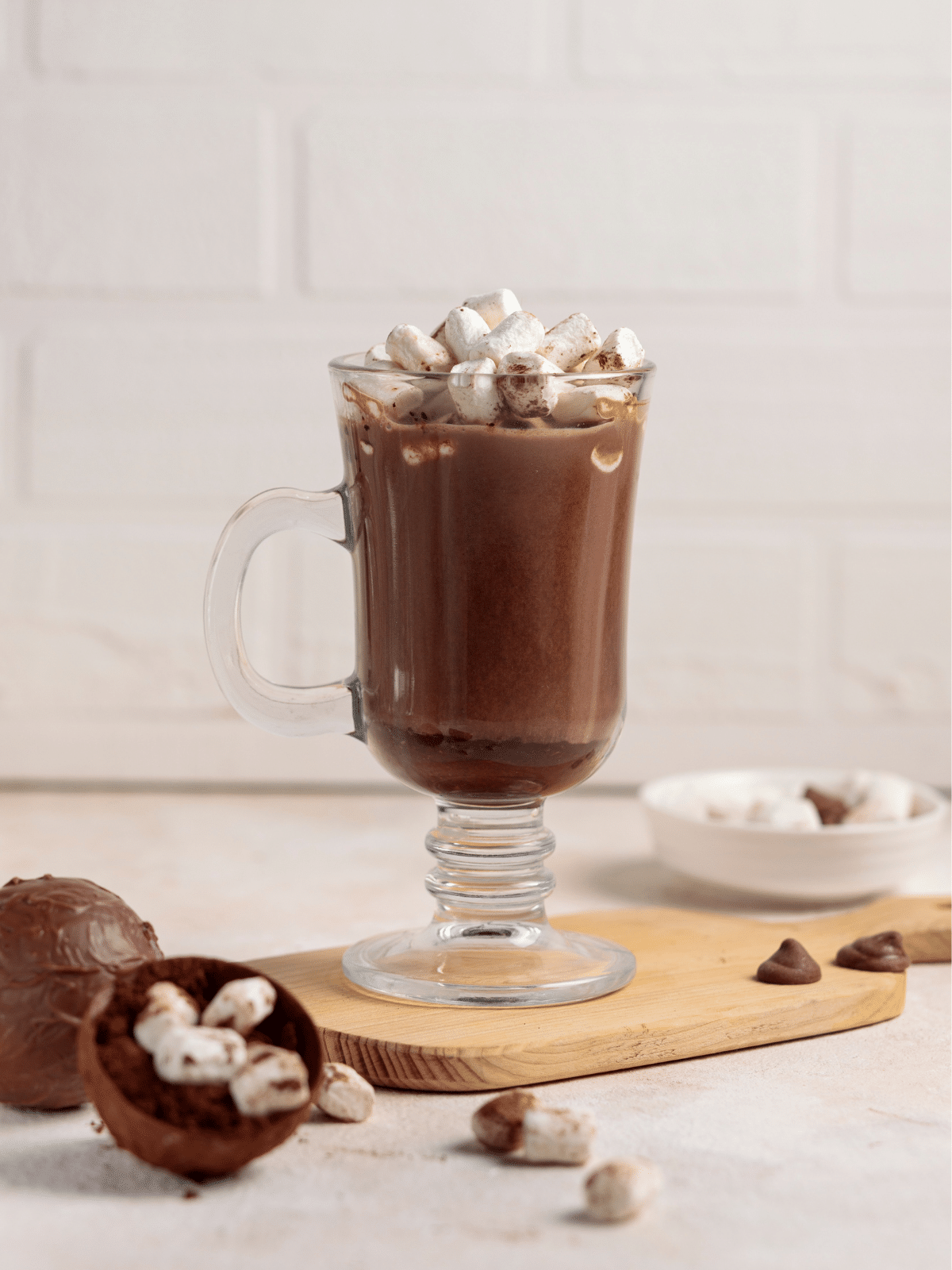
If you want a healthier homemade Nutella or chocolate spread, you can use carob powder instead of cocoa powder. The same alternative ingredient should also work well for our Chocolate Protein Chia Pudding recipe.
To make this Hot Cocoa Chocolate Dump Cake with a richer flavor, try adding a small amount of espresso powder as well.
FAQs
Not exactly. Any type of cocoa powder — natural or Dutch-process cocoa — are made with fermented, roasted, and pressed cacao beans. It’s also often processed using higher temperatures.
Raw cacao powder is made with cacao beans that were not roasted and it’s processed with less heat.
No. Cocoa powder is produced by fermenting, roasting, pressing, and grinding cacao beans.
Most of the time, cocoa powder is unsweetened and slightly bitter. On the other hand, chocolate powder is a mixture of cocoa powder and other ingredients like sugar and dairy-based powders.
Not exactly. The main ingredient in hot cocoa mix is unsweetened cocoa powder, while the main component in hot chocolate mix is melted or powdered chocolate.
The latter also typically contains more sugar and has milk powder. Hot chocolate has a thicker consistency and tends to be sweeter than hot cocoa.
No Cocoa? No Problem!
If you or your kids love a good chocolatey dessert, having cocoa powder is a must.
But there will be rare moments when you run out of cocoa powder and the only option left is to use a good cocoa powder substitute.
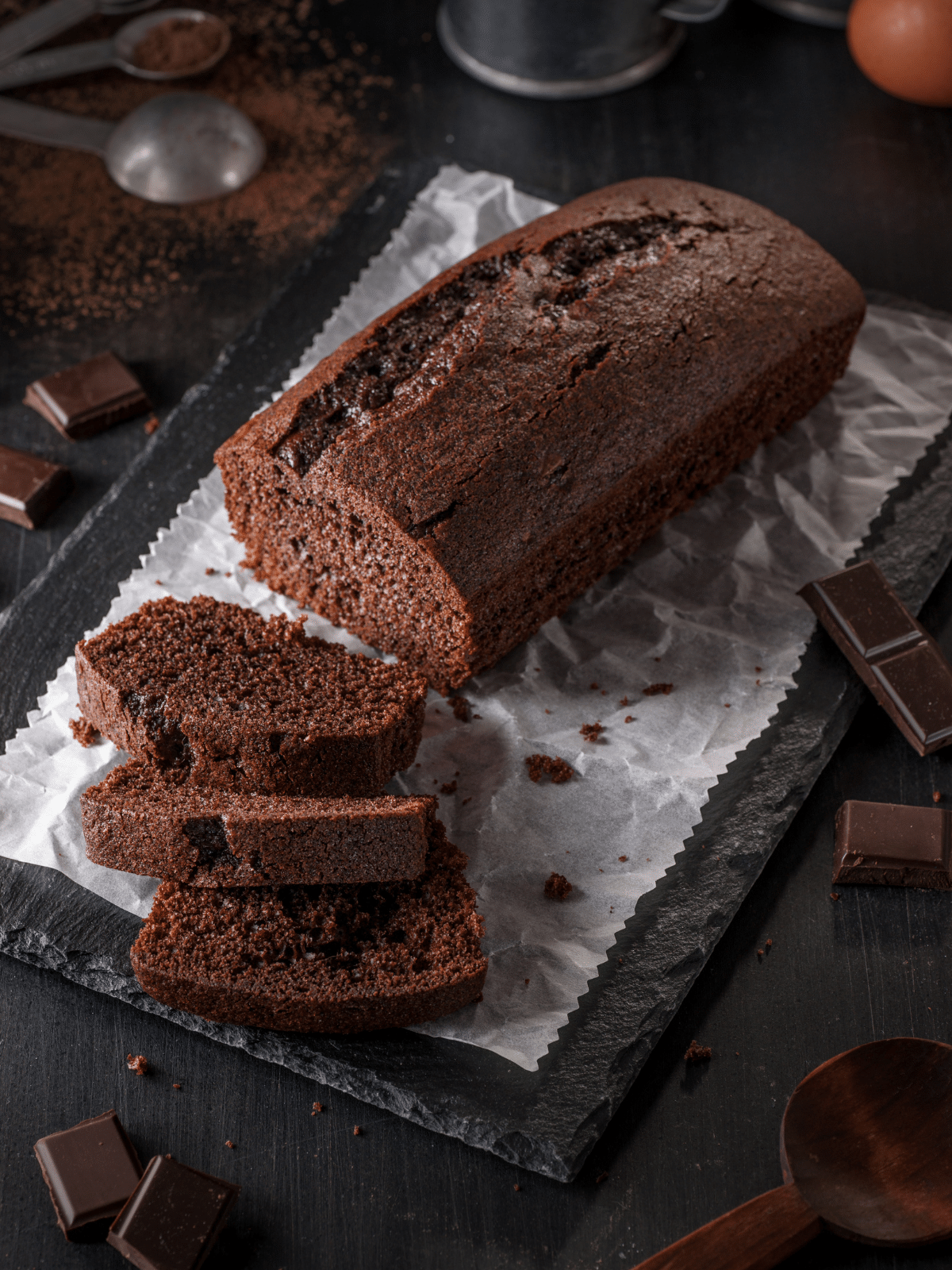
It’s a huge help to know what cocoa powder substitutes you can use and how to use them. There’s a good chance that you have one or two of these alternatives in your pantry. And no one will have to be disappointed for missing out on a tasty chocolate dessert.

